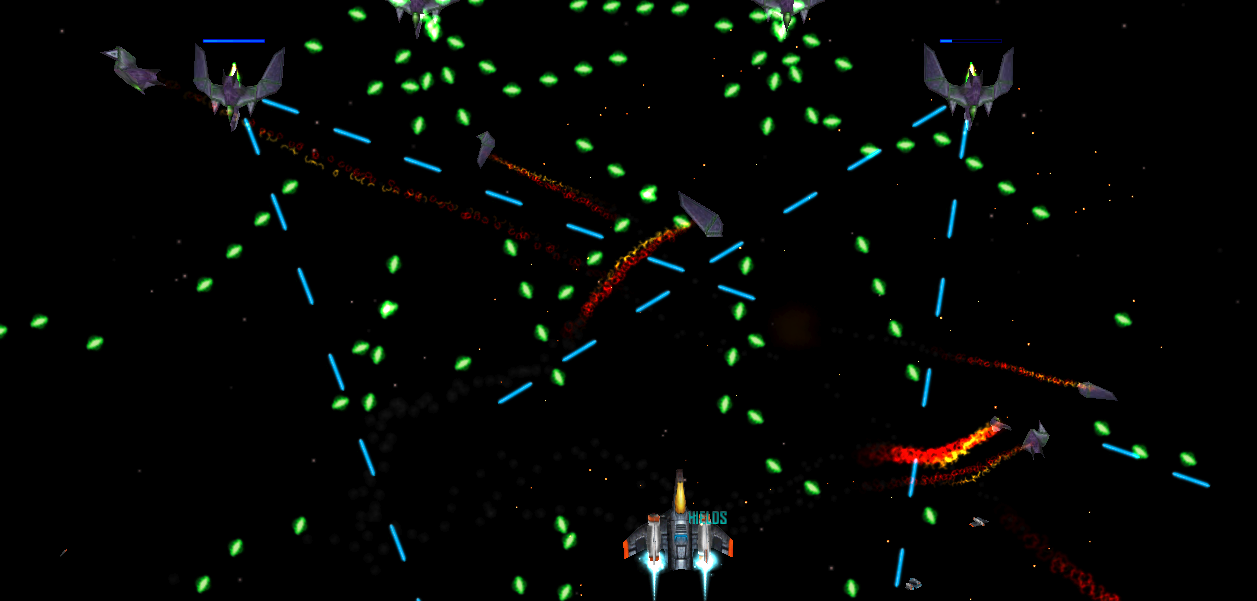IMMERSe Postdoc day, final take
The remainder of the Waterloo IMMERSe postdoc presentations detailed what’s been going on in the affiliate universities for the past year, as well as what the different institutions have coming down the pipeline. After Amanda gave her talk rife with potential connections and overlaps with our work, I got up and made the connections clear for her as well. This was an interesting presentation for me in a number of ways. To begin with, I’m not sure how long I spoke for, but it was probably the longest time I’ve ever spoken in front of a group–maybe between 25 and 30 minutes. The strangeness of this was compounded by the fact that I was mostly winging it off the top of my head, coordinating with the slides Rob had created (which I’d only been able to see once before). I muddled through as best I could, but as I went on I realized that elaborate preparation can sometimes be the enemy of good work (or at least unnecessary)–I know what our node is doing well enough to just get up and talk about it for a while. I got a few questions, ranging from topics like Stephen’s medievalism work to connections between glitching and queer studies.
After I went into Concordia’s activity and future plans, we got to hear from the other nodes. I was struck by how tech-focused the other nodes were considering this is a SSHRC-funded network, but all the work being done is fascinating and human-oriented. Over at UOIT, the research has focused on multimodal experiences and fidelity. This leads to a lot of work and experiments on wearable computing and customization of game sound.
At McMaster, new postdoc Rob Teather is doing work on gaming sizeability and screens. Rob comes out of a comp sci background, and I think what led him down this path was questioning at what size print ought to be displayed on different screens for best readability. Expanding on this issue, Rob and his research team (some of whom tagged along to the postdoc day) started looking into a number of UI issues at their G-ScalE Lab, all to do with sizing. They’re looking into issues like the problems that come with scaling screens down, and how games with too many icons in the HUD can clutter smaller screens and prevent elegant ports. To address this question, the team Is trying to build semi-automated solutions for UI designers in addressing HUD layouts. They’ve also done a lot of scale evaluation with bullet hell games. How does scale influence information overload? Some of the issues can be addressed with non-uniform (NU) scaling, but then you get into issues of performance differences between NU and uniform scaling and start having to ask how this performance can then be normalized.
These scaling issues also branch back a bit outside of games into HCI. Rob’s team has another project on scaling and point selection, looking into visual scale versus motor scale. The main research question here is whether perspective and software scaling are equivalent. This project entails strapping ping pong balls onto arms and tracking player performance in different spots by lining the position of the balls up with the player’s eye levels at all times. Adding even more irons to the fire, they’ve been investigating cognition is large tiled displays that run across multiple monitors. How important are the bezels of multiple monitors when playing games? What effects and differences are produced by bezel correction or increased numbers of bezels to deal with? Finally, there are some team members examining game genres as program families. By studying domain-specific languages (programming languages designed with specific uses in mind), all sorts of questions can be asked about overlap and design. For example, Whack-a-Mole and Duck Hunt are essentially the same game, in spite of not looking that way–how do their languages work? Are they very similar? All the work Rob and the McMaster node are up to has obviously captivated me quite a bit; though I can’t find many in-roads for connecting our own a IMMERSe work up with them, Rob’s research interests mirror my own. While he approaches issues of scalability from a comp sci and cog sci perspective, I approach issues of adaptation in terms of content adjustment. In the long term, at the very least, we may be able to teach each other a lot.
All in all, the postdoc day was an interesting trip. It’s great to have a grounding with what’s going on across this burgeoning research network, and reassuring to hear that everyone perceives the same spots for improvement I’ve observed over the past year. Hopefully by this time next year, this syndicate will really be coordinated enough that all our research and all our opportunities are reaching each other.

